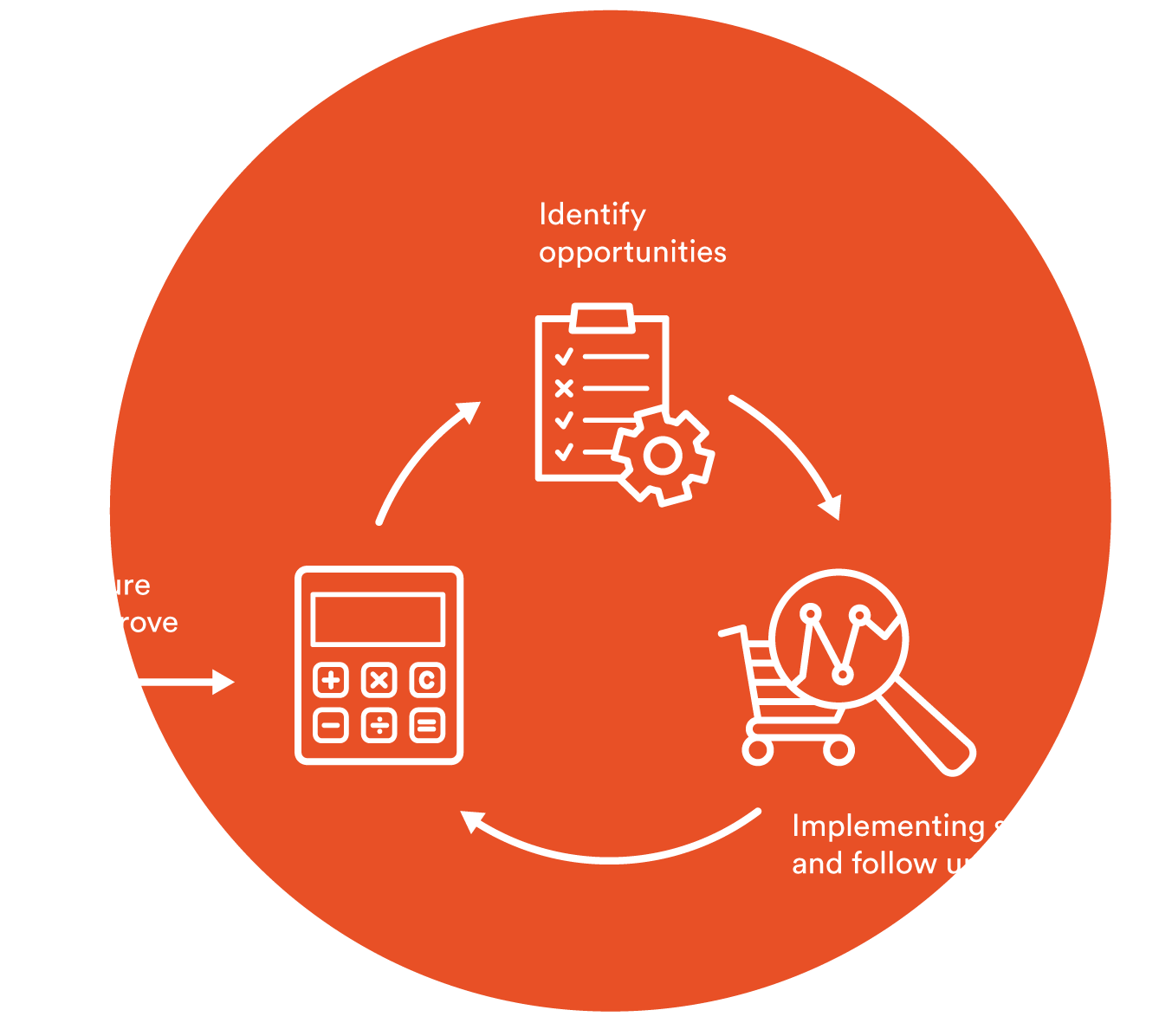Why is it important to calculate the environmental impacts, like the carbon footprint of my organization?
The regulatory, economic, and social frameworks in which companies work are increasingly pushing towards the demand for a more sustainable activity, starting by providing more information on the environmental impacts they generate. A clear example is the
law 11/2018 published in the BOE, which urges organizations to publish annual Non-Financial Reports, introducing indicators on the performance of environmental, economic, and social sustainability.
What advantages does the tool have compared to a conventional environmental calculation?
With this tool you can access the visualization of results or data modification in an automatic, intuitive and personalized way at any time. The centralized information on the tool's server avoids having to work with local files, any version problems, or obsolete files. In addition, once the tool has been personalized with the structure of your company, you will be autonomous in the introduction of your own data.
What advantages does èdit have compared to other tools on the market?
Èdit is a tool created and developed by
inèdit, designed to completely adapt to the needs of each organization. The fact that it is a self-authored tool makes it possible to speed up any type of update and customization, achieving results aligned with the particularities of your activity.
Can I organize the èdit information for different facilities, sites or NIFs?
Due to èdit being a 100% customizable tool, it is possible to structure the information aligned with the activity of your organization, with the required specifications of each type of centre or activity.
Will different people in the organization have access to the tool?
Yes, all those people to whom the organization wants to give access to. There are two types of user, a supervisor user who can view and modify information of the entire organization and a regular user who can have restricted access only to view and modify results of a specific plant, subsidiary, NIF, etc.
Will I be able to certify the result from ISO 14064 or others?
You will be able to certify the calculation considering that, apart from the online tool, the standard requires a report that will be generated in parallel. The results and graphs generated by the tool can be downloaded in image format to facilitate the preparation of the report.
How is the data uploaded?
There are two options for uploading data, which can also be combined. The first is the manual introduction of the information to the online application and the second is from templates in spreadsheet format (.xlsx), that allow the information to be uploaded in a more massive way.
Will I have impact factors differentiated by country and updated?
Yes, the impact factors are verifiable and associated with the regionalization of the organization. In the case of verification, the impact factors will be shared with the auditor.
What kind of results can I get?
Èdit allows obtaining the results organized in different ways to analyse the information in the most appropriate way (overall organizational results, results by type of work site or results by facility), apart from presenting comparisons that will facilitate the monitoring of the temporal evolution of the results (annual comparisons or comparisons by work site).
Can I download the results?
Yes, èdit allows you to download all the results in spreadsheet format, so that you can organize and present them as you prefer.
Can èdit help me with the NFR (Non-Financial Report)?
Yes, èdit allows obtaining indicators in line with the information required for this annual report, which is mandatory for some types of companies.



